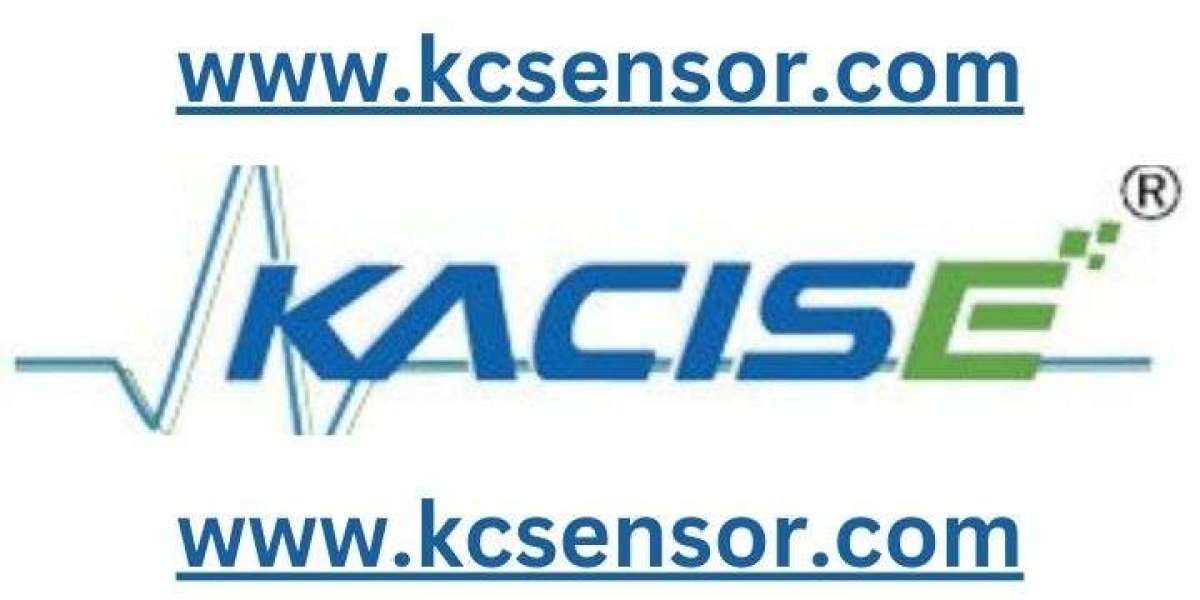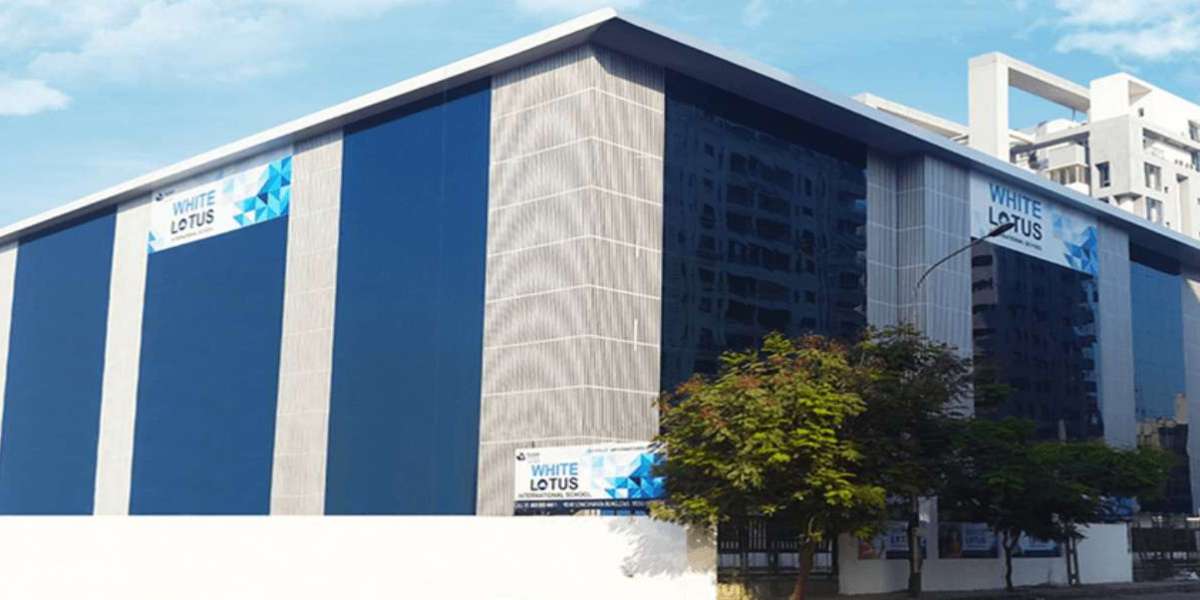Kacise, a leader in water quality monitoring technology, is at the forefront of this effort, offering advanced sensors that promise to revolutionize how we manage and safeguard our aquatic environments.
Understanding Water Quality
Water quality refers to the chemical, physical, and biological characteristics of water. It is essential for various applications, including drinking water supply, agriculture, aquaculture, and industrial processes. Poor water quality can lead to dire health consequences, environmental degradation, and economic loss. Therefore, effective monitoring systems are needed to ensure compliance with health standards and environmental regulations.
Kacise’s Cutting-edge Technology
Kacise specializes in designing and manufacturing a range of sensors tailored for specific water quality parameters. These include:
Dissolved Oxygen Sensors: Crucial for aquatic life, these sensors measure the amount of oxygen available in water, helping to maintain healthy ecosystems.
pH and ORP Sensors: Monitoring acidity and oxidation-reduction potential are vital for chemical balance in aquatic systems.
Ammonia and Nutrient Sensors: These devices measure levels of ammonia and other nutrients, which are essential for assessing pollution and ensuring sustainable practices in agriculture and aquaculture.
Kacise’s sensors employ advanced technologies such as electrochemical and optical sensing, providing real-time, accurate data that is essential for timely decision-making.
Applications in Various Sectors
Kacise’s technology finds applications across multiple sectors, including:
- Aquaculture: Ensuring optimal water conditions for fish farming, which is essential for productivity and sustainability.
- Wastewater Treatment: Monitoring effluents to prevent contamination and ensure compliance with environmental regulations.
- Environmental Research: Supporting scientists in tracking the health of lakes, rivers, and oceans to combat pollution and climate change effects.
The Importance of Real-time Monitoring
One of the standout features of Kacise’s systems is their ability to provide real-time data. This capability is crucial for immediate responses to environmental changes or pollution events. For instance, sudden spikes in ammonia levels can indicate a potential crisis, allowing for rapid intervention to mitigate harm to aquatic life and water resources.
Commitment to Sustainability
Kacise is not just about selling sensors; it is about fostering a sustainable future. By providing tools that enhance water quality monitoring, the company contributes to better management of water resources, helping industries and municipalities meet their sustainability goals.
Conclusion
As we face growing environmental challenges, the innovations offered by Kacise in water quality monitoring are essential. Their advanced sensors not only provide accurate and reliable data but also empower users to make informed decisions that protect our most vital resource—water. Investing in such technology is a step toward ensuring a cleaner, healthier environment for future generations.
For more information about Kacise’s water quality monitoring solutions, visit Kcsensor.








